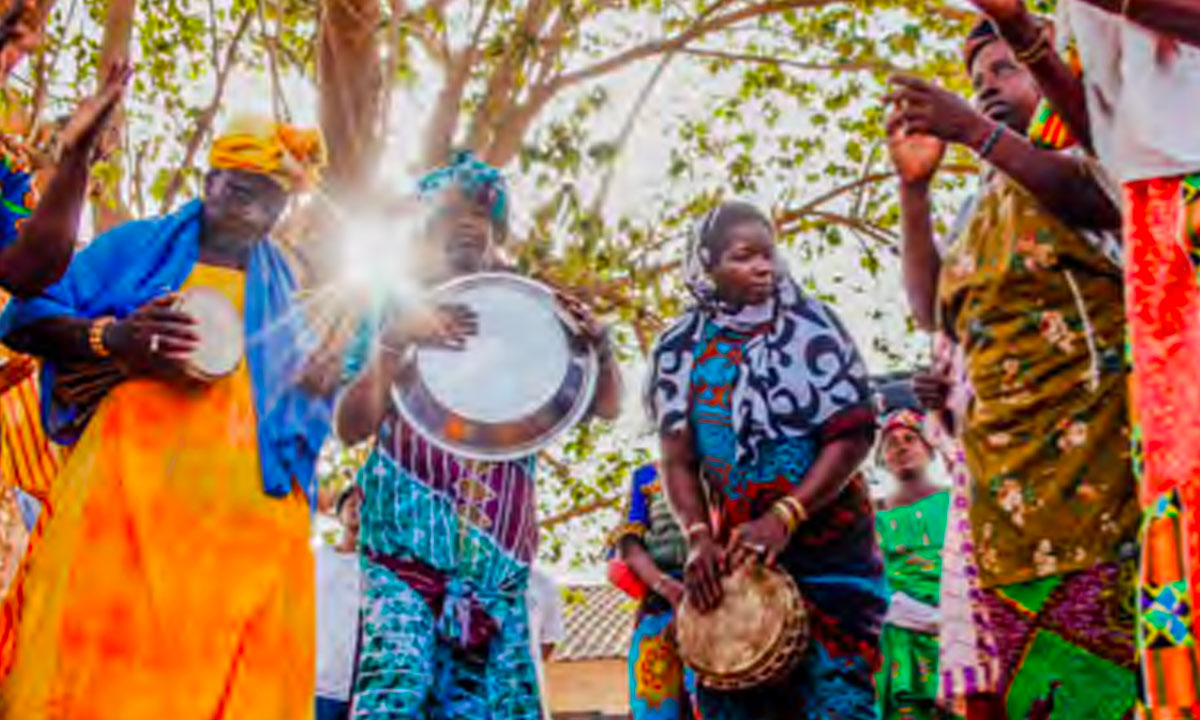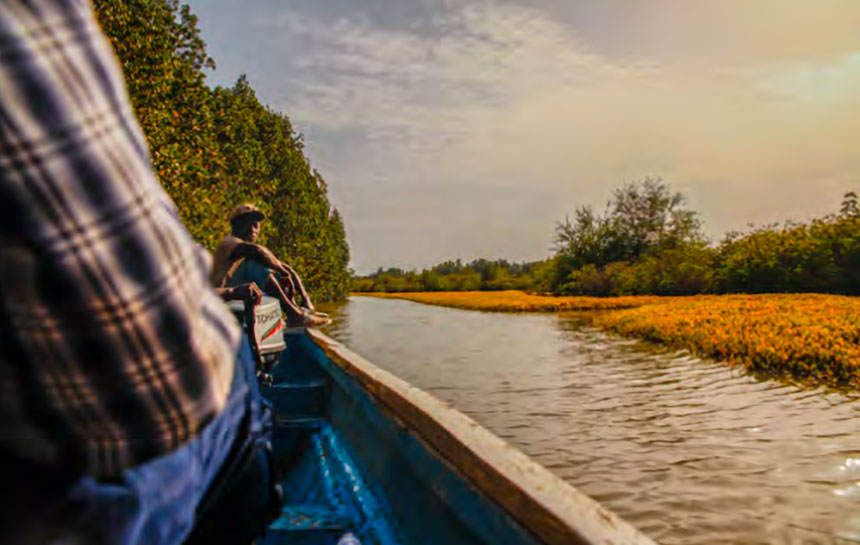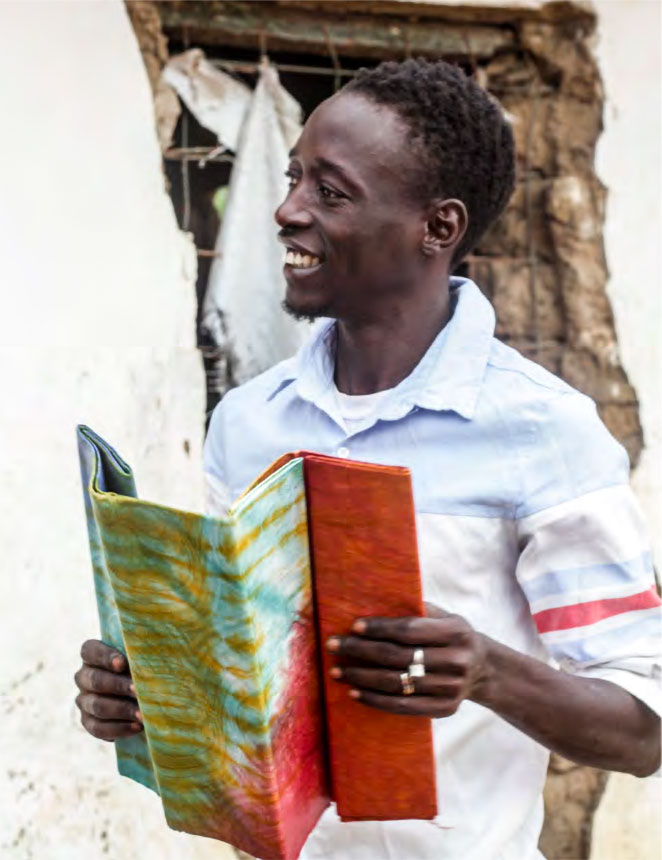The Ninki Nanka Trail was created in the 1980’s to open up Gambia to tourism through the Gambia river. The trail is based on a responsible, collaborative tourism approach, in a collaborative way, and gives clear benefits to local communities as well as tourism stakeholders in the area.71
While following the trail, tourists can discover both natural and cultural heritage and meet with local communities to learn about their ICH (such as traditional dances, mask traditions and local rituals).

- The tours are implemented by local communities, and thereby contribute to community development.
- The trail goes through several villages, allowing local inhabitants to educate tourists on ICH, including local folklore legends and handicrafts.
- A feasibility study report was conducted to assess the potential positive and negative consequences of such a tour. This analysis helped local bearer communities and other tourism stakeholders to assess the likely viability and impact of the project.

- Initially, community stakeholders were not fully and transparently informed about the redistribution of financial revenues generated by the tourism activity. The feasibility study report identified the problem and it is being resolved.
- Tourist facilities such as accommodation facilities or restaurants do not always meet tour operator requirements, which limits possible partnerships.72

Collaboration: The Ninki Nanka Trail has been designed with a strong will to cooperate with various heritage and tourism actors. The tours were conceived in partnership with the Village Development Committee, the chiefs of some of the villages visited, a market management committee, the National Center of Arts and Culture of Gambia and the Janjanbureh United Sustainable Tourism and Community Training, to name but a few.
- 71 Youth Empowerment Project. Tools and resources. Available at: https://www.yep.gm/tool/gambias-ninki-nanka-trail
- 72 McCombes, L. and Woodwerd, S. (2013). The Ninki Nanka Trail Excursion Feasibility Study Report. Available at: https://issuu.com/ninkinankaencounters/docs/final_ninkinanka_report



















